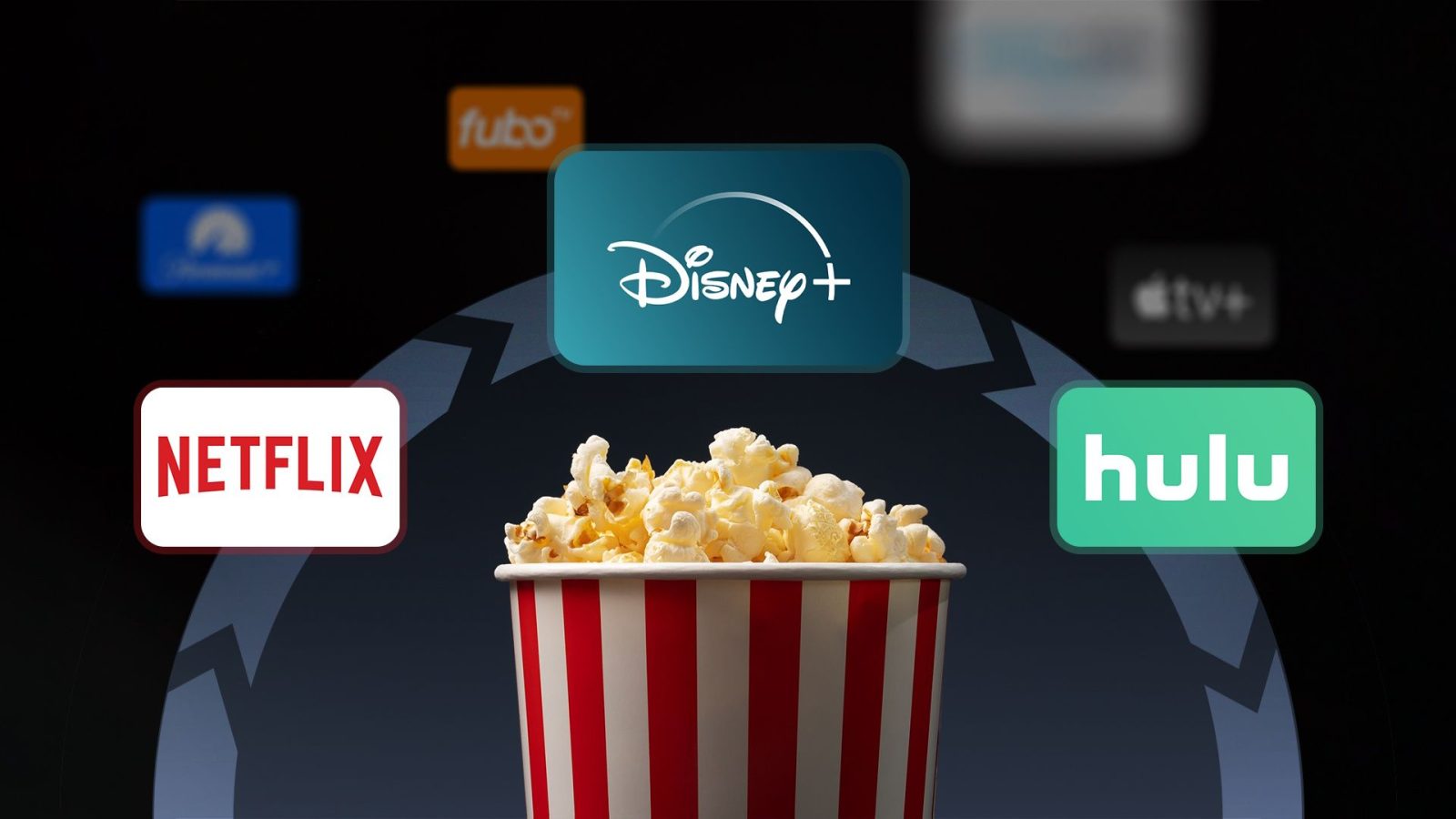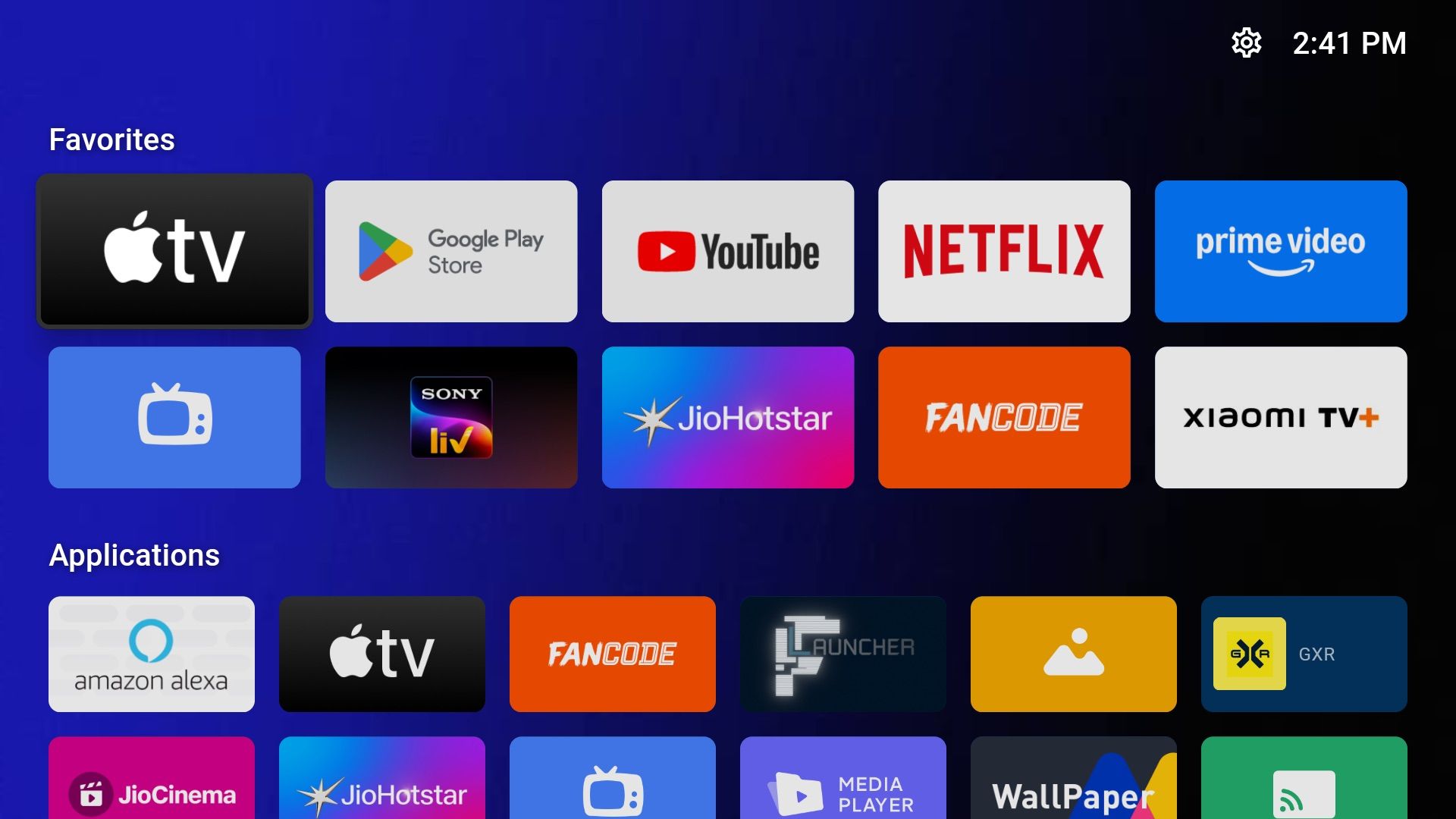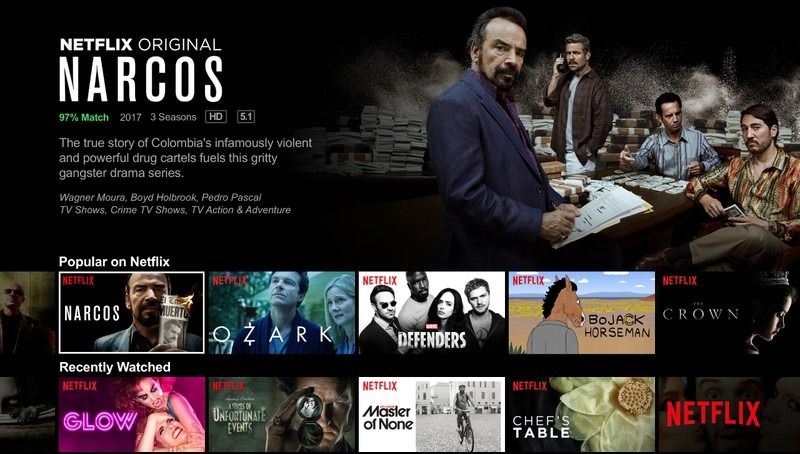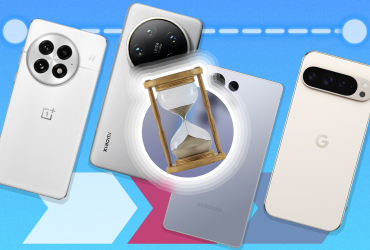Why I Rotate Streaming Subscriptions To Get The Most Out Of My Money (And Why You Should Too)

Contents
We don’t need to be paying $65 a year for streaming services. That bill racks up even further if we decide to subscribe to every new hot streaming service that comes our way, and with some of these services coming close to $20 a pop, you’d be surprised how much money you’re not saving by cutting the cord. Price hikes are inevitable: inflation, taxes, and even production costs are why prices keep going up.
It’s a grim reality that we could end up paying more for streaming services than cable. But we don’t have to pay for every streaming service just because it catches our eye and we want to make use of our shiny new streaming device; staying unsubscribed for months and re-subscribing at the right time is how I keep these fees under control, so here’s my secret.

Related
You don’t need to subscribe to multiple services
In all honesty, how much TV are we actually watching? In 2024, it was estimated that Americans watched nearly three hours of TV every day. A typical TV episode’s runtime is between 22-45 minutes. So, ideally, you are only squeezing out a few episodes a night, assuming you’re diligently watching TV every night. You will chew through content quickly for short series (or mini-series), but for ongoing shows, you may have multiple seasons to get through. If you are a movie watcher, you’re likely only sitting through a single movie at a time (assuming the movie is closer to two hours long).

Streaming platforms are more segregated in what they offer. It isn’t segregated in the sense that you won’t see an overlap in content; different streaming platforms offer their own variety.
More platforms provide original content (like Netflix, Hulu, and Apple TV) to entice more viewers. Looking to binge-watch Stranger Things? Hopefully, your Netflix subscription is ready. But does The Rings of Power catch your eye on Amazon Prime Video? Subscribing to both services is tempting, but you may regret it.
If you add them up, you’re paying $9 for a standalone Prime Video membership and $18 for a Netflix standard membership. While that’s not bad, it quickly accumulates when you start adding more streaming services to your subscription list. Max alone costs $17 per month. So you must ask yourself, how much are you spending on each platform to justify paying for each simultaneously?

Related
How to cancel your Netflix subscription
Straightforward but impossible in the app
Dealing with newly released episodes
We’ve all been there when we eagerly awaited the next episode of a new season. Some streaming services only release episodes weekly. Streaming services like Max and Disney+ are notorious for this. Waiting for weekly episodes makes staying subscribed more expensive and might even tempt you into checking out other platforms if you don’t like the catalog it offers.
My current strategy is to wait for the show to fully release on the platform before re-subscribing, unless I choose another series to watch in between. But waiting for weekly episodes to release is how these platforms get you; you stay subscribed longer than you should.
Rotating subs helps you identify your viewing habits
I’ve learned a lot about the types of shows and movies I like or don’t like. For example, I prefer mini-series (single seasons with definitive endings) and binge-watch those monthly. I’ve also opted to rent movies rather than browse a catalog endlessly. So far, I’ve consistently used Netflix, Amazon Prime Video (only because I pay for Amazon Prime), Crunchyroll, Crave, and I dabbled lightly with BritBox. So you’d be surprised how much you’d learn about your watching habits just by rotating through subs.

Source: Roku
I’ve also avoided annual subscriptions, even if the money you save is tempting (and also easy to forget). Annual subscriptions are a trap since I rarely watch TV year-round. Monthly plans allow me to change between my services more frequently.
You’d be shocked at how many promotions you see when you’re unsubscribed from a service. Promotions can range from free trials to decent discounts and even bundles. When you’re not subscribed to the product, the provider might send you emails offering deals that entice you to re-subscribe (or tell you what you are missing out on). You might also come across bonuses when shopping elsewhere. For example, I’ve paid $2 for 3 months of Disney+ by shopping at Old Navy.
Your service provider will also offer deals. Cord Cutter Weekly posts deals you can find, which they include if they pertain to new subscribers only. But you can also search online for these deals (I like to use ‘RedFlagDeals’ to find Canadian promos). I usually relegate time biweekly to search for offers, which I highly recommend doing. Another note is to check for bundles. I’ve seen decent bundles (rounded up by TechRadar); bundles are great to opt into if you struggle to stick to one subscription service.
Be careful of fraudulent activity and scams. Avoid using coupons or promo offers by third-party websites unless you trust them.
Work on managing your subscriptions
The tricky part of rotating subscriptions is being diligent. These services will usually auto-renew your membership unless you cancel. When you rotate between your subscriptions, it is important to mark in your calendar when your subscription is up and carve out time to unsubscribe.
What’s your reaction?
Love0
Sad0
Happy0
Sleepy0
Angry0
Dead0
Wink0









Leave a Reply
View Comments